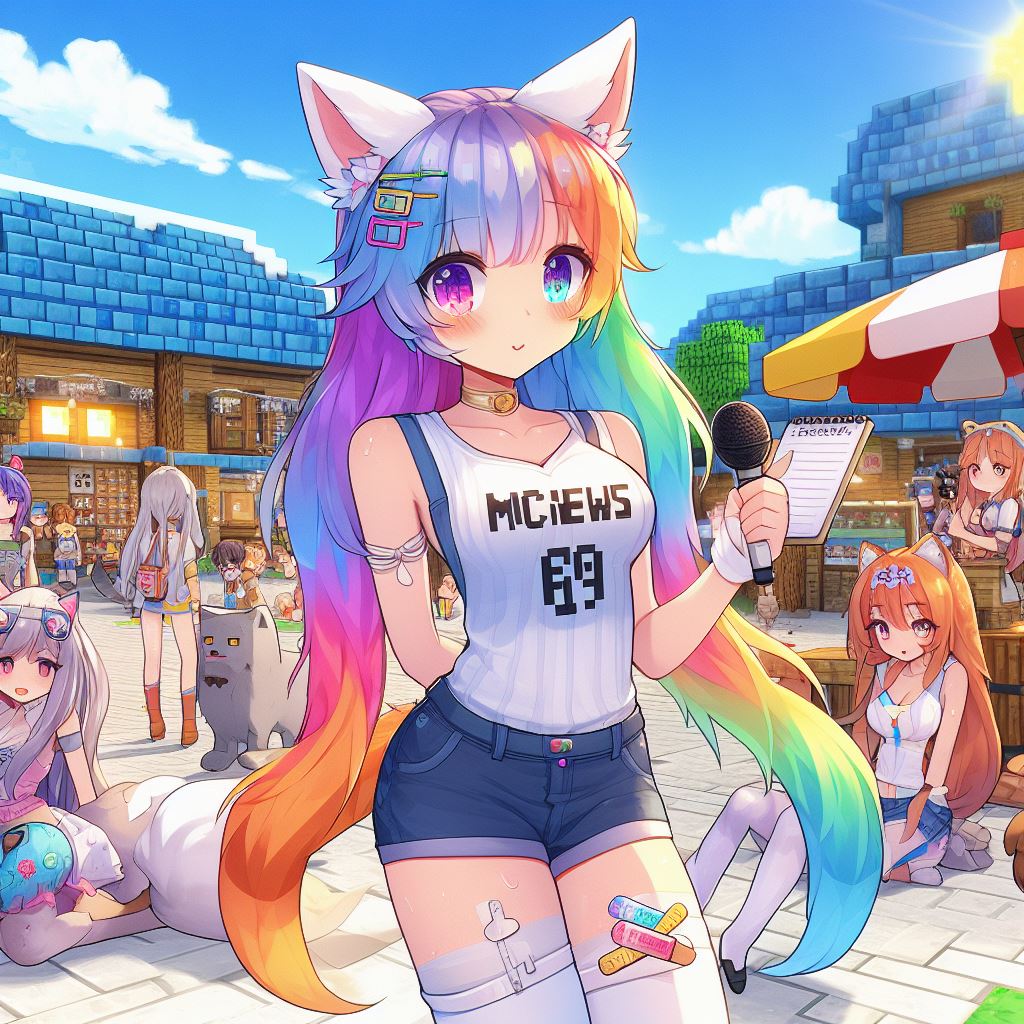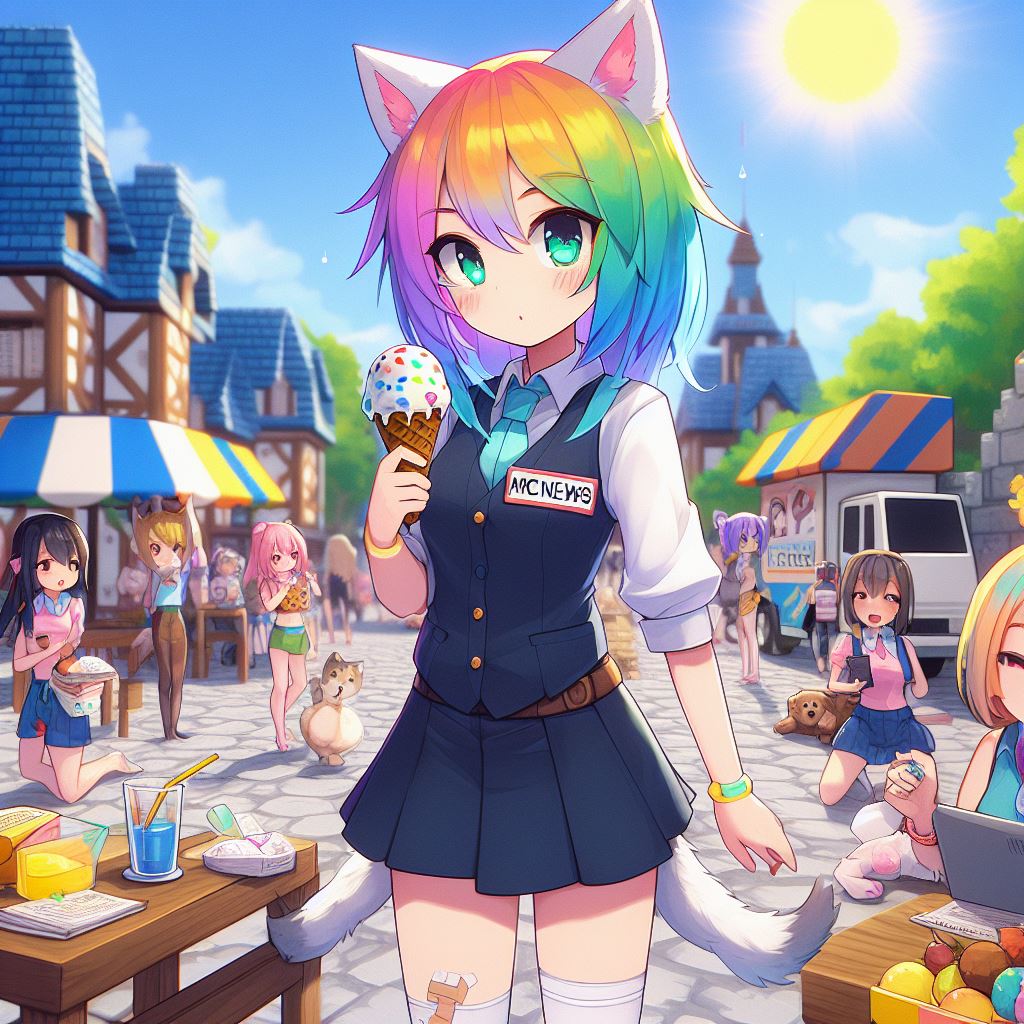Hello and welcome to the zeroth episode of the wrestling engineering series i’m making this video after recording some of the videos for the series because i realized i didn’t actually explain how some of the components worked on a higher level so that’s exactly what this video aims to do I’m going to talk about each individual component and what they kind of do without really getting into the details because that’s what we’ll talk about later in the series so with that let’s jump right in all right so the first component that i’m going to go over is Redstone dust now redstone dust is probably the first thing that you think of when you think of redstone so what it does is it carries a redstone signal by basically reducing the signal strength each block it travels so if we put say a torch here it goes That the maximum signal strength of 15 and it’ll reduce it by one every block of travels so 14 13 12 so on so forth until it gets to one and then goes to zero which is off and the alph is clearly not gonna power anything else And what it can do is it can also power blocks that it points immediately into but it doesn’t power blocks that’s adjacent to it but it doesn’t point into however it powers the block that it’s on top of so if you bring this up it’ll actually power this line because This block is powered so the next component i want to talk about is the redstone torch the redstone torch can do a number of things the first is that it acts as a redstone source meaning that it itself is a powered block and it can power redstone components that are next to it And it’ll input a signal strength of 15 if it matters which is usually just with redstone dust and comparators it’ll also power some components next to it but it doesn’t power blocks that are next to it because powered block doesn’t power blocks are next to it that aren’t a component However it will power a block if the tip points into it so this block is not powered but this block would be powered now the next thing that it can do is it can invert a signal so if this signal is off then this is still on And if this turns on then this will turn off and it has to be powering the block the torch is on in order to invert it so the next component i want to talk about is the repeater the repeater can do a number of things and they’re all really useful when they Are required so the most notable thing that a repeater does is it repeats a signal so if we take a signal strength of one if we just put rest on dust next to it it’ll turn off and nothing will happen when we try to power anything Off of this block but we can do is you could put a repeater here and refresh the signal to a signal strength of 15. this is probably the most useful thing but it also has other uses the other one is the fact that it can Delay so right now it’s on a one tick delay so if we put a torch here we can see that the output is slightly delayed and you can adjust it to two tick three tick and four tick and you can chain them together to get then five take six tick seven take eight Ticks so on and so forth the next component i want to talk about is the comparator the competitors have a full dedicated video to them so we’re not going to get too detailed here but all you need to know is that when it’s in compare mode Which is when the front torch is off then it’ll first take the largest side signal strength so in this situation it’ll use this signal strength and if the rear is greater than or equal to the side signal strength so right now they’re both 15 it will output the rear signal strength Which is again 15. but if we bring this back then it is no longer greater than or equal to it’s less than and it’ll output off in subtract mode which is when this torch is on it will take the largest side signal strength again so in this case this one And it will subtract it from the rear signal strength so right now it’s taking 15 from 14 so it’s going to output zero because it’s not gonna have a negative signal strength but if we take this and we go three blocks out instead of two it’ll give us a signal strength of one In the front now it can also read from containers right so if we have a hopper here and actually can have a hopper here or you can have a hopper here with an opic block in between it will give you a linear signal strength based on how much stuff Is in the container so right now it’s off this has five slots so if we fill it one fifth of the way it’ll give us one-fifth of the way to a signal strength of 15 which in this case is three right because three times five five slots would give us a single Strength of 15. this happens with all containers and it depends on how many slots the container has and how large the slots actually are the next component is the redstone block like the redstone torch the redstone block is a source so it can power redstone components that are next to it Including on top of it and below it however unlike the torch it doesn’t require any block to be on top of so you can move it around at will and you can put it floating up in the air and it will also power six blocks rather than just Five like the torch would rest on blocks can also be pushed by pistons which is usually what they’re used for next are pistons pistons will have videos later down in the series but basically what they do is they push blocks so the non-sticky piston will push a block And it will leave it there so it comes back and it will just leave it there where’s the sticky piston we’ll push it up and then it will come back now in java addition if you actually give a sticky piston a one tick pulse it’ll leave the block there And then likewise it’ll come back and grab it this does not work in bedrock condition but that is something that is useful in java edition next are slime and honey blocks which do usually count as a redstone component slime and honey blocks are primarily used to push Multiple blocks at once with one piston so this design right here the slime block is immediately touching the piston and then that slime block is touching three other blocks and we can push and pull those three blocks along with a slime block with just one piston likewise with honey the honey does the Same thing and the honey and slime aren’t fully interchangeable but we’ll get to that later in the series the next components are the powering components so pressure plates will power both themselves and the block that they’re on top of powering both of these redstone dusts and wooden pressure plates will get Powered by any entity including mobs and item entities stone pressure plates will only get powered by mobs but not other entities that are not mobs light pressure plates which is this gold one right here will get powered by entities but it will add a signal strength every time another Entity goes on top of it and a heavy pressure plate here will do the same thing instead of adding a signal strength every one entity it’s every 10. now the stone button will be on for 10 ticks a wood button will be on for 15 ticks and a lever will be on indefinitely Until you turn it off the daylight sensor acts as a redstone source and it only turns on when it’s either daytime or nighttime so right now it’s on when it’s daytime if you right-click it it’ll be on when it’s nighttime unlike other redstone sources it actually doesn’t power the block Under it it only powers itself and it will also not go from either an off or on signal it will slowly creep the signal strength up so during a sunset and a sun rise the signal strength will change which can be useful if you’re trying to read something with like comparators or If you need to adjust exactly when something turns on the next component is the observer the observer will power the block immediately behind it with the redstone right here when the block in front of it changes basically there’s a lot of different reasons why an observer would update but usually It’s just when the block changes like placing a block removing a block funny enough when the block itself actually changes so if you push the observer the block that’s in front of the observer still changes things also like crops and pistons in front of the observer will also update it java Edition and bedrock edition have a lot of different details that go into that but mainly they do the same thing the next component is the target the target will output a redstone signal when hit by any projectile such as like potions arrows eggs whatever and it will Make the signal stronger the closer to the middle is if i go here the signal strength is like four or something but if i go into right into the middle then it’s at 15. something that targets also have is the fact that it can redirect redstone Into it without like needing to go like this for example you can go right here and it will redirect this redstone meaning they can put components here and not have them get powered and then you can grab the signal like here so it can make for really compact circuits This feature only works in java edition so if it’s a bedrock edition you don’t have this but this can be useful if you’re trying to compact things down now one of the more obscure redstone components is the lectern the lectern when read by a comparator Will give you the state that a book is on so right now there’s no book on the lectern so it gives you signal strength of off when you put a book on it and it’s in page one it’ll give you signal strength of one and when the book is on the last page It’ll give you a signal strength of 15 and it will linearly interpolate all of the pages to the signal strengths until the last pages of signature 15. so this book only has two pages so the second we go to the last page which is page two it’ll give us a signal Strength of 15. but if we say had 15 pages then it would go up by one signal strength every time we turn the page another really obscure redstone component is the item frame when read by comparator the comparator will give you the item’s rotation so the initial rotation gives a signal Strength of 1 and it increases by signal strength every time you rotate it until it goes back to 1. up next are droppers and dispensers droppers and dispensers will activate when they get powered and in order to activate them again you need to unpower them and then power them again So like for example we can activate it and in order to activate again we need to unpower it and then we can power it again dispensers have unique interactions with a lot of different items such as like arrows potions eggs snowballs whatever and it usually tries to throw a projectile And whatever it would do if you right clicked it but also it has unique interactions with say like boats it has unique interactions with shulker boxes with armor stands whatever whereas droppers will always drop it as an item so we have arrows in all of these So this dispenser shoots the arrow as a projectile whereas the dropper will just drop it on the ground as an entity droppers will also push items into a container if they’re facing the container and they get powered so we have 64 gold box here we power and It will push an item into the chest tnt will turn from a block into an entity when it’s powered and it will blow up shortly after so hoppers have a few different characteristics one is that they’ll pull item entities from the top of it and put them Into its container another is that they will push items that are in its container into another container that it faces into so for example it’ll push the item into this chest it’s a container itself of course so you can be read by comparator and if we give a redstone signal to it It’ll disable the hopper meaning that it can’t pull items in from the top and it can’t push items into the containers that might be facing into up next are the redstone powered rails so first is the power rail which will make minecarts go really quickly if it’s powered and they’ll Slow down and not move if they’re unpowered detector rails where when my car is on top it’ll power the redstone an activator rails when powered will activate whatever might be into their minecart including shaking an entity out of it doors all switch their state when given a redstone signal So the door is closed the door is open the trap door is closed the trapdoor is open the gate is closed the gate is open note blocks will play the note that they’re on when they’re powered so we can power this as many times as we want and it won’t Change the pitch we can also of course change the thing below it and have it change the sound you can adjust it and then you can play the same note over and over again redstone lamps will turn on when you give them a redstone signal and this goes for any form of powering So you can actually put redstone dust on top of it and power it that way which is oftentimes really useful if you’re making it for like a ceiling or something all right that will be it for this introductory video i didn’t go over some of the really obscure redstone components such as like Beehives and jukeboxes because if we use them they’re going to be in their own dedicated video anyways i hope you found something of value in this video and i will see you next time Video Information
This video, titled ‘The Basics of Every Redstone Component | Minecraft Redstone Engineering Tutorial’, was uploaded by ZennsWorld on 2021-06-22 23:12:14. It has garnered 344 views and 21 likes. The duration of the video is 00:12:39 or 759 seconds.
The basics of every redstone component explained at a high level, including comparators, hoppers, torches, pistons, etc.. I didn’t get too far into the details for each component since the rest of the series will do that, but I wanted to give some sort of foundation for the rest of the series
0:00 Intro 0:22 Redstone Dust 1:12 Redstone Torch 2:02 Repeater 2:49 Comparator 4:31 Redstone Block 5:01 Pistons & Slime / Honey 6:00 Pressure Plates 6:35 Buttons & Levers 6:47 Daylight Sensor 7:20 Observer 7:55 Target 8:44 Lectern 9:22 Item Frame 9:38 Dispenser & Dropper 10:34 TNT 10:42 Hopper 11:11 Rails 11:35 Doors / Trapdoors / Gates 11:47 Noteblock 12:03 Lamps 12:17 Outro
Twitch: https://www.twitch.tv/zennsworld_ Discord: https://discord.gg/h8qpKUhjGR
#Minecraft #Minecrafttutorial #Minecraftredstone




































